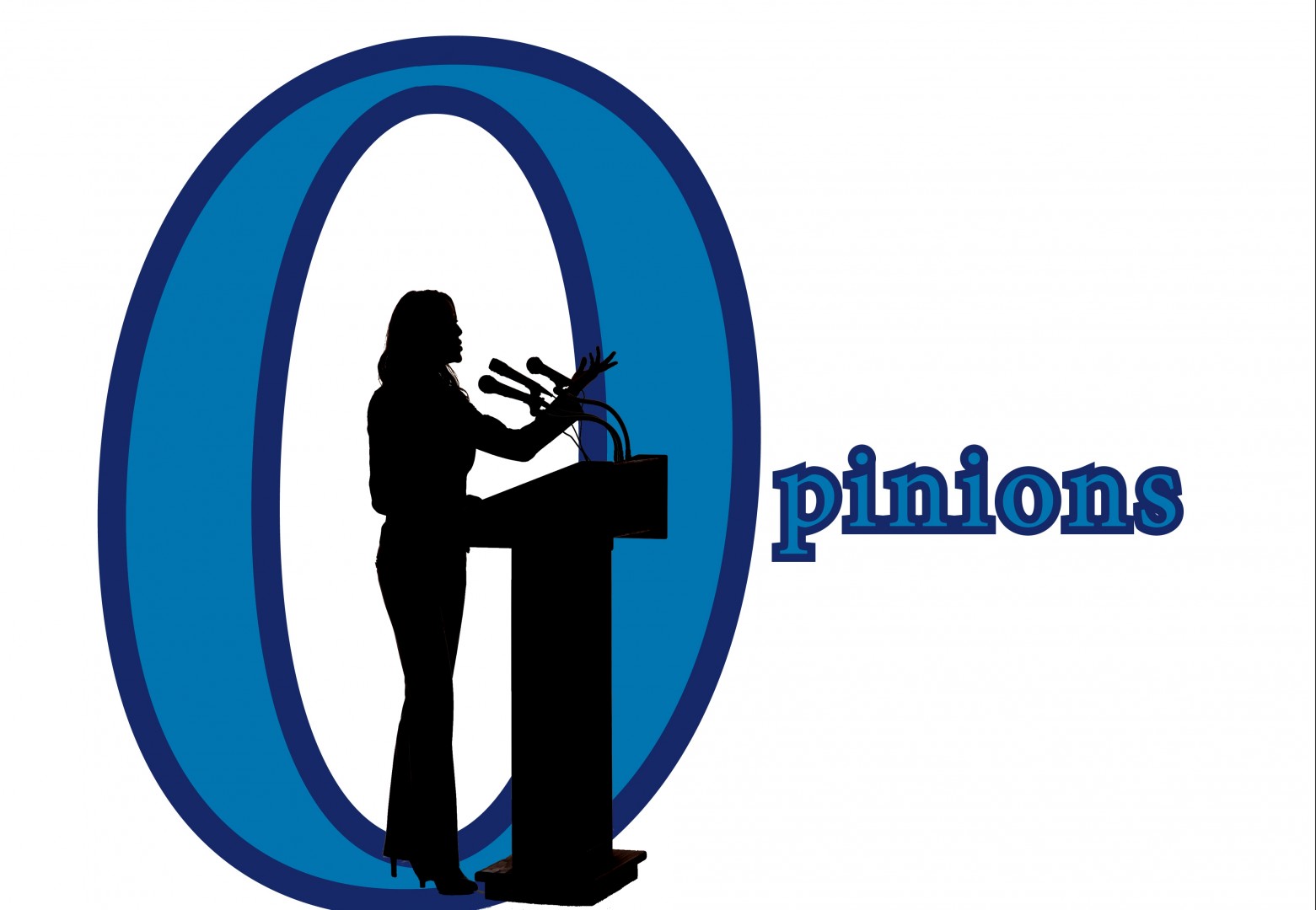Kiplinger’s Personal Finance recently ranked DU in its “Best Value School” evaluation at 41st in the country. Back up a minute. DU is a best value school? Someone tell our $50,000-plus cost of attendance that!
The ranking means absolutely nothing unless you understand the complex methodology that was used to arrive at that number.
First things first: How much does DU cost? At $38,232 for tuition, $10,665 for room and board, $744 in mandatory fees and a few thousand more for expected spending on transportation and personal expenses for each year at DU, a “bargain” is hardly the first word that comes to mind.
In fact, one might even laugh upon hearing that we were one of the best values.
So how did it achieve a rank of 41 in the country? What doesn’t make it into the headline is that the rank was 41st among private colleges and universities, and did not include any public universities.
The University of Colorado-Boulder and the Colorado School of Mines are among the schools that were ranked in the top 100 in Kiplinger’s evaluation of best value public universities.
Kiplinger’s list of the best value private universities was headed by Yale University at No. `1 1, hardly a bargain itself with a cost of attendance pegged at around $52,000 per academic year.
It was followed by most other Ivies, then by prestigious schools from across the country, among them Washington University, Northwestern University, Tufts University and the University of Chicago, in a list that resembled more of an academic ranking of schools than a list having any regard to the hefty price tag.
The reason for these skewed rankings is Kiplinger’s methodology: 56.25 percent of the ranking was based on “quality factors” like class sizes and graduation rates, while only 43.75 percent of the ranking was based upon “cost factors” such as indebtedness at graduation and the actual sticker price of tuition and other expenses that students will incur.
These factors, especially indebtedness, are key.
It’s also interesting to note the difference between sticker price and net price. Sticker price is simply the price listed on the college’s website, while net price takes into account what the typical family actually pays after scholarships and grants and is a far more meaningful measure.
Each year, the U.S. Department of Education releases a list of the private schools with the highest net prices.
Thirteen of the 100 schools ranked by Kiplinger as best value schools also appeared on this “dishonor roll.” DU was, shamefully, among them.
For the sake of transparency, the best value schools list needs to place more emphasis on value and affordability.
Academic rankings of schools can be found almost anywhere, but parents and prospective students need to be able to look at the best value rankings for affordability.
I am proud that our fine university made the list of best value schools, as it shows that our tuition dollars are being wisely used to build a successful academic community.
But it would be a huge mistake to interpret these rankings at face value and think that the No. 41 in any way represents the value of a DU education compared to other institutions across the country.










